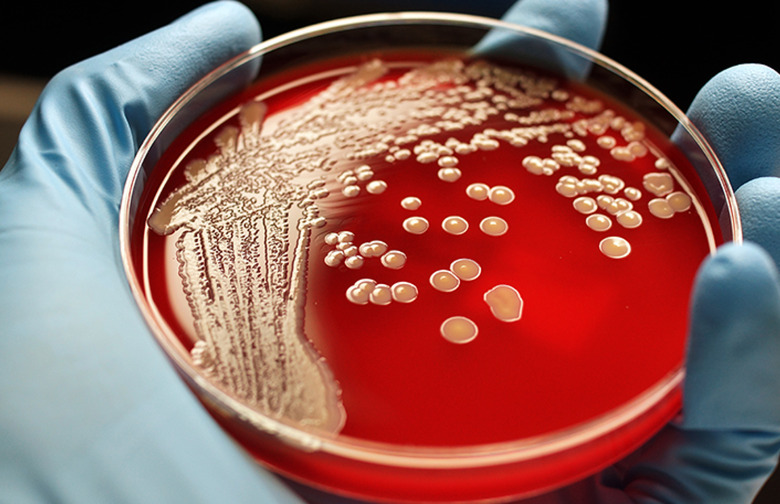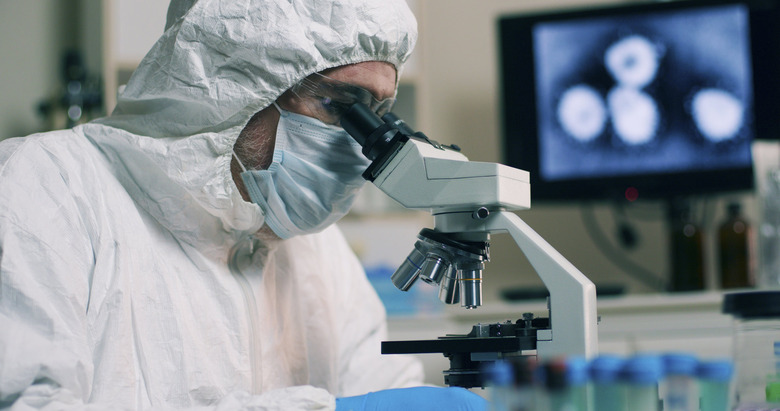Scientists Found The Largest Bacteria Ever, And It's The Size Of A Fly
Biologists have discovered the largest bacterium ever, and you can see it with the naked eye. Researchers found the bacterium living in Caribbean mangroves. A single cell of its thread-like body, if you want to call it that, can grow up to 2 centimeters. That's about as long as a peanut, and around 5,000 times bigger than any other microbes we've discovered so far.
Scientists also believe it could be a missing link between single-cell organisms and the cells that make up the human body.
DON'T MISS: Deals: AirPods Pro sale, $14 bed pillows, $200 off MacBook Pro, more
The largest bacterium ever found is bigger than you think
When you think of bacteria, you most likely think of something small. Something that you can only see using a microscope. That's why the largest bacterium we've ever found is so surprising. The new discovery, currently known as Thiomargarita magnifica is longer than a housefly.
The bacterium out measures the previous record we knew of, which topped out at 750 micrometers, or .75 mm. On average, the new bacteria reaches up to 9,000 micrometers, with the largest reaching the 2 centimeters that I mentioned before.
At that length, you can easily see it without needing to put it under a microscope, unlike the bacteria pictured below. As such, it's completely upended everything that scientists thought they knew about how big bacteria could get. Before, scientists believed a bacteria's size was limited by the distance molecules taken from the environment can travel.
That meant that nutrients needed to travel from the bacteria's outer membrane to the interior area. And any toxins had to be able to make the trip back out. Otherwise, it just wouldn't be viable. What really makes this capable of being the largest bacteria ever, though, is the large volume of water surrounding it.
Because it contains a water-filled sac that makes up around 73 percent of the bacteria's volume, the nutrients and toxins don't have far to travel. The previous record-holder was also made up of a similar design.
Of course, there's still a lot we don't know about bacteria. In fact, new ones pop up all the time. Sometimes they aren't dangerous, and other times we end up with some that feed on metal.
Discoveries aging with time
But the largest bacterium ever isn't actually a new discovery. In fact, marine biologist Olivier Gros discovered it almost a decade ago. At the time, however, Gros did not realize the white filaments growing on the decaying mangrove leaves were bacteria. Scientists made that connection more recently.
However, size isn't the only thing noteworthy about this discovery. On top of being the largest, this little guy also contains 11 million bases and around 11,000 genes within its genome. That's almost three times more than most bacterial genomes.
The genome itself is quite repetitive and contains more than half a million copies of some of its sequences. Furthermore, scientists found that the bacterium's DNA is characteristic of more complex lifeforms. As such, some believe it could be a missing link between single-cell organisms and the more complicated cells that make up complex lifeforms.
A paper on the subject is currently in preprint on bioRxiv. And the study has not been peer-reviewed. Still, whether the evidence of a missing link stands up or not, it is still extremely interesting to see bacteria that are big enough for humans to see with the naked eye.


